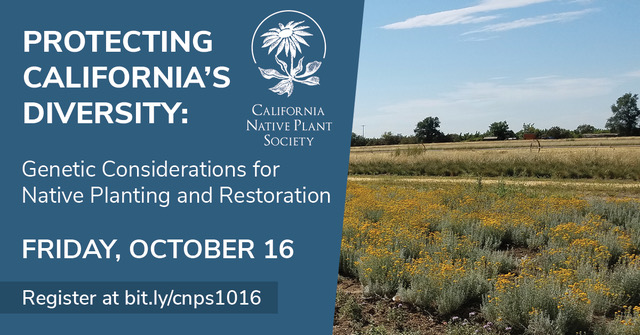Research Spotlight: October 2020
Unlocking the secret histories of bats in natural history collections
Article by: Caitlin J.Campbell, Graduate Assistant at the UF Department of Biology
Article by: Caitlin J.Campbell, Graduate Assistant at the UF Department of Biology
In mid-September, iDigBio coordinated a three-day webinar series focused on how the natural history collections community is currently handling the COVID-19 pandemic.
Contributed by Cat Chapman
Have you ever been out on a walk through nature, or even in your neighborhood, and saw what appeared to be a clump of tiny leaves, debris, or lichen… only to see it move?
Upon closer inspection of this mysteriously motile clump of detritus, you may see that it has tiny little legs underneath it. It’s alive!
Meet the trash bug!


Illinois Natural History Survey mycologist Andrew Miller and colleagues from 25 institutions across the U.S. received a $3.6 million grant from the National Science Foundation to image and digitize associated metadata for close to 1.2 million lichen and bryophyte specimens housed in their collections. Among the extensive holdings of the INHS Herbarium are more than 35,000 bryophyte specimens and more than 23,000 lichens from around the world.
Welcome to all of the newly NSF-funded Advancing Digitization of Biodiversity Collections (ADBC) projects. This year we have three new Thematic Collections Networks (TCNs) and 13 Partners to Existing Networks (PENs) joining the community.
2020 TCNs: